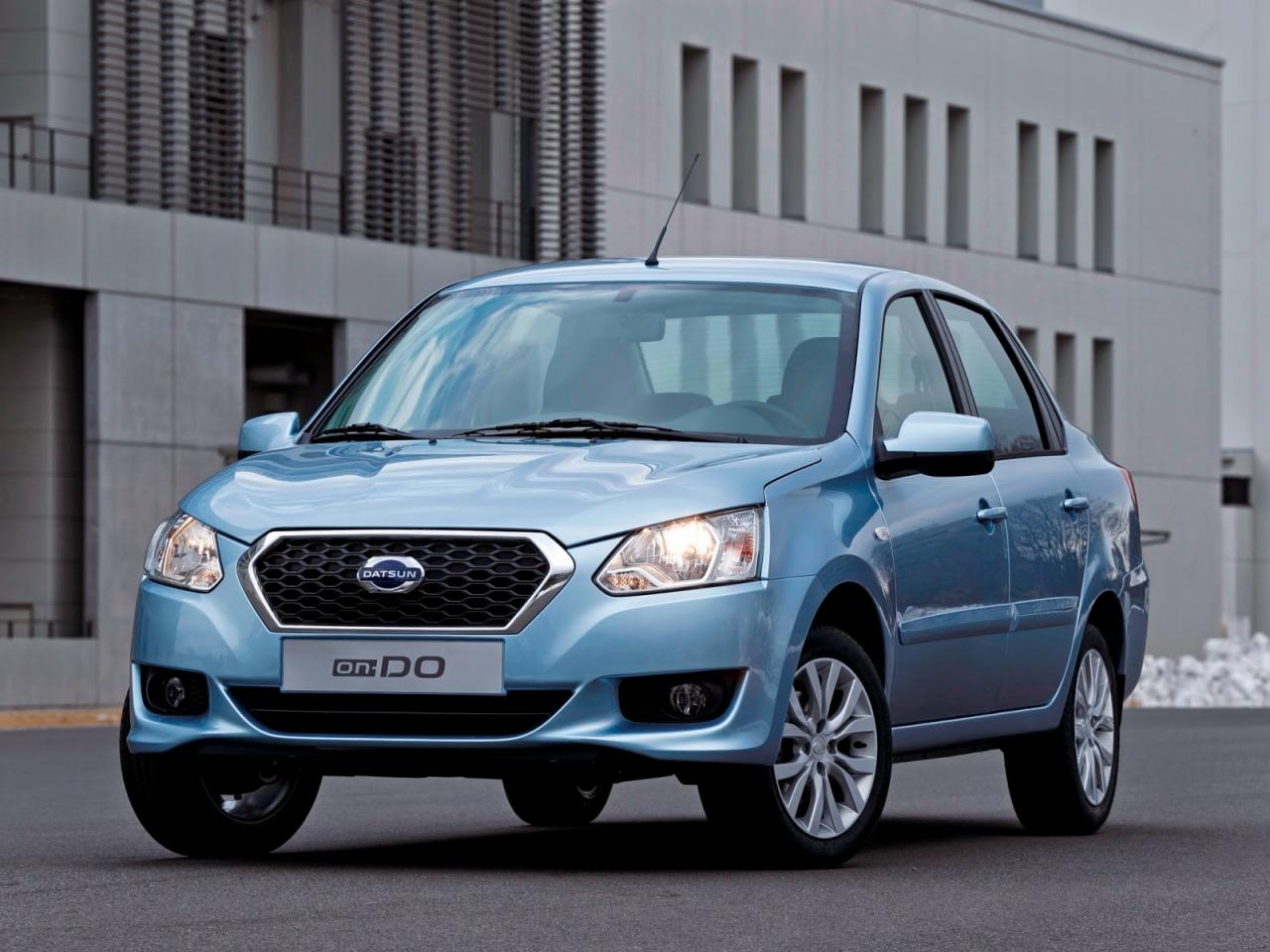
 |
| Datsun on-DO |
The DAT-GO was promoted using the same logic: Durable, Attractive and Trustworthy, or DAT for short. In 1933, Nissan’s founding father Yoshisuke Aikawa took over the business with a vision of “mobility for all”. The introduction of a light-weight, economical yet resilient car to meet the aspirations of young Japanese people in the early 1930s was named the ‘son of DAT’ (Datson) which later changed to Datsun.
 |
| DAT-GO |
Local engineering and mass-production made the founder’s dream a reality. The automotive company continued to produce vehicles for more than 50 years. During this time more than 20 million vehicles were delivered to customers worldwide. In 1981 the Datsun brand was phased out. The company was rebadged to Nissan as it begun a massive global expansion.
 |
| Datsun 100A |
 |
| Datsun Go+ |
The Datsun 100A was a cheap and well-built compact car for the masses. The Datsun 100A later became the Nissan Sunny. Recently Nissan retuned the Datsun brand back to the market. The brand is now featured on low-cost models manufactured for emerging market.
 |
| Datsun Go |
The latest Datsun vehicles have the great qualities visible on past models such as the 100A. This means they are well build, cheap and meant for the masses. That Datsun range expands further with the addition of two more models; the on-DO and mi-DO. The two models join Datsun’s other models namely the Go and Go+
 |
| D-Cut grille |
 |
| Datsun mi-DO |
 |
| Cockpit |
 |
| mi-DO’s rear |
Practical touches include 60:40 split folding rear seats to maximize luggage space. Both the mi-DO and on-DO comes fitted with a driver and passenger airbag as well as ABS.
 |
| Spacious and versatile interior |
 |
| on-DO’s rear |
Currently both models are available in Russia. They are expected to debut in India and South Africa at a later date.
